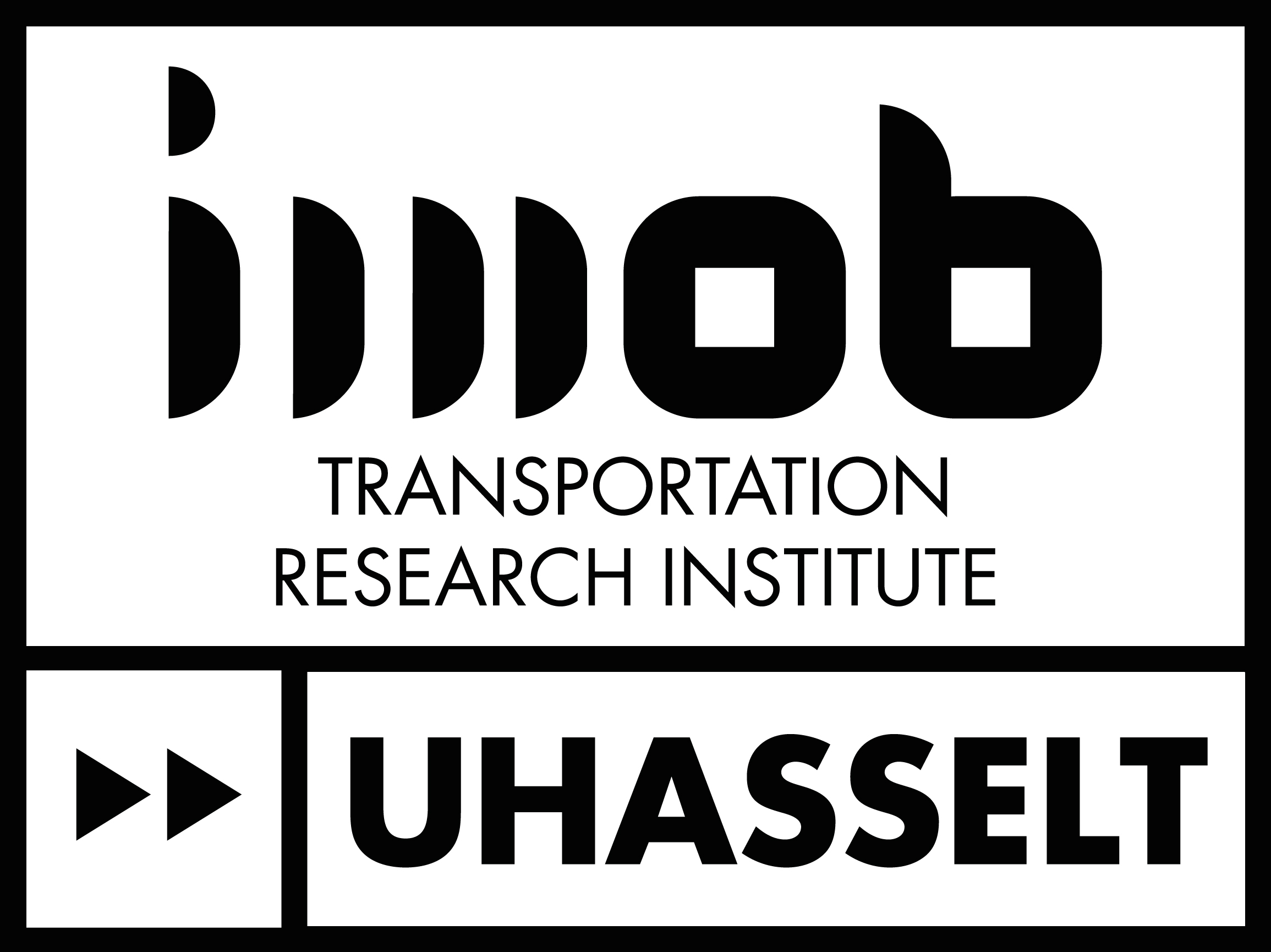Technology platforms
Over the past two decades, the activity-based modelling paradigm has evolved from a scientific and experimental modelling concept to a modelling approach that is increasingly accepted by researchers and practitioners in the field.



From its inception in 2003, IMOB recognised the potential of activity-based modelling, both from a scientific and applied perspective, and actively contributed to the research field with the Feathers activity-based model. Over the years, a number of model iterations and improvements were made and Feathers evolved from a specific activity-based model implementation to a more generic framework that can be used to implement and simulate different types of activity-based models.

Within the mobility domain, there is a major trend towards person-centred mobility concepts and solutions such as Mobility as a Service (MaaS). These mobility concepts respond to a world where the demand for transport is also becoming more individualised and thus less standardised, e.g. through teleworking, part-time working, etc. This environment requires the level of detail and flexibility provided by the Feathers activity-based framework to continue to proactively assess the impact of various societal evolutions and policy interventions. IMOB will continue to use the high temporal resolution and microscopic representation of Feathers activity-based transportation choice behaviour of individuals as a basis for state-of-the-art modelling research and innovative applications in the field.
Do you have a question or would you like to collaborate with IMOB?
Then don't hesitate to contact us. We are available every weekday from 9 a.m. to 5 p.m.

